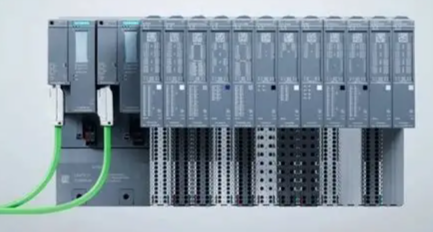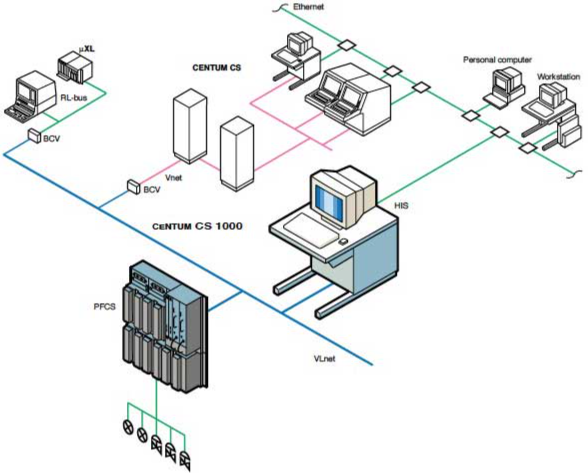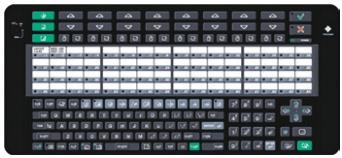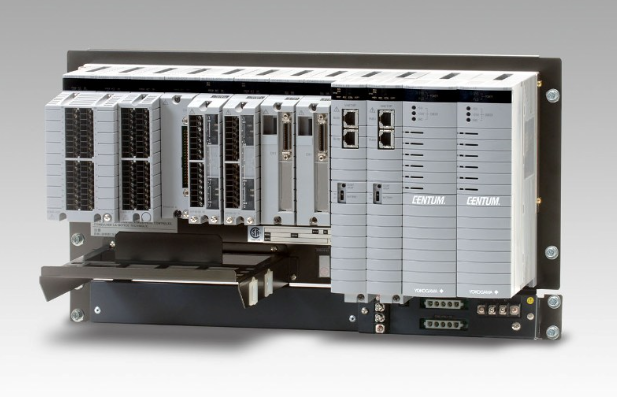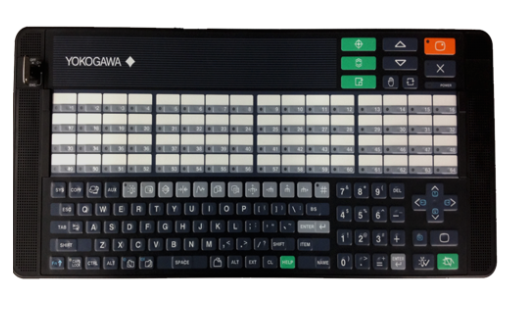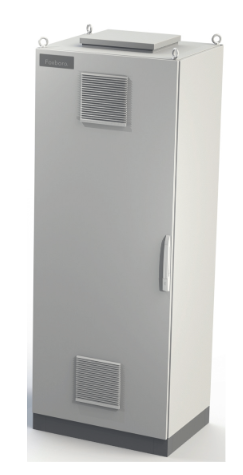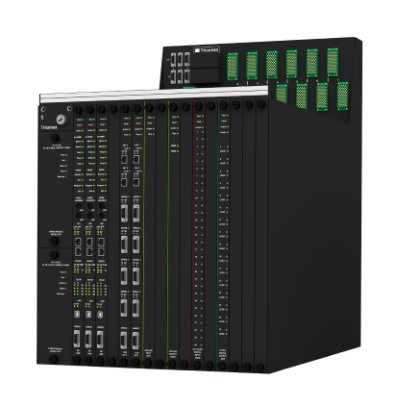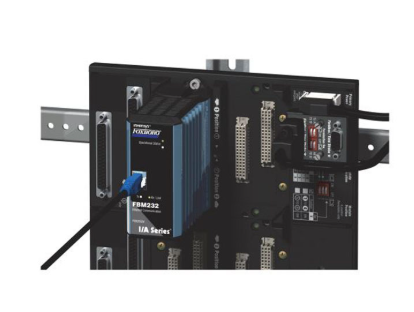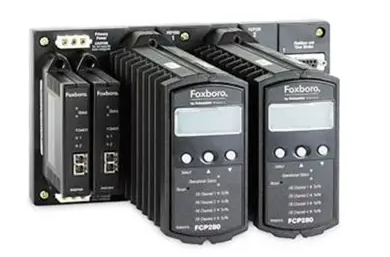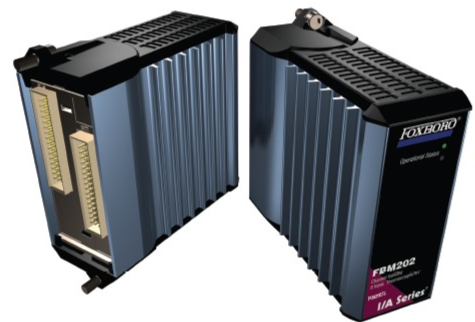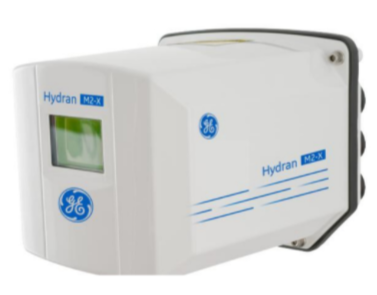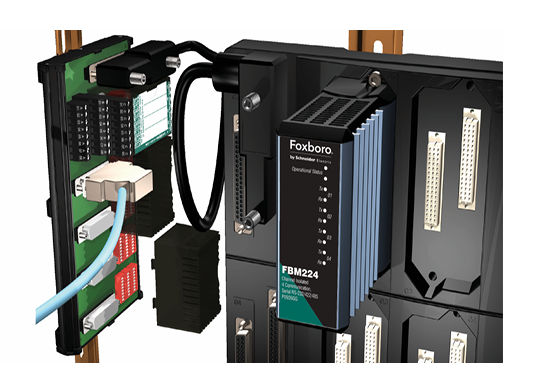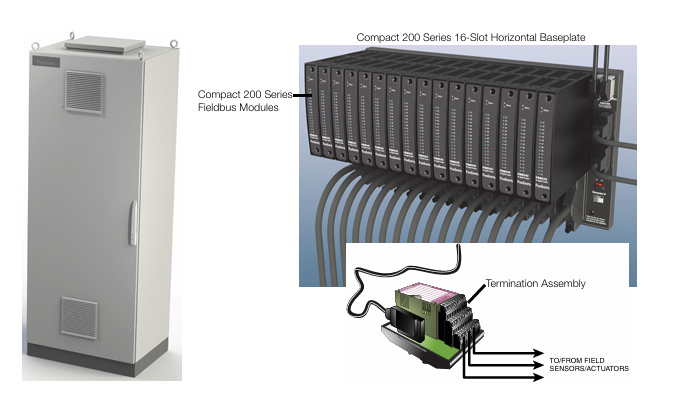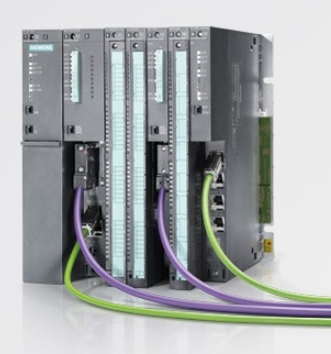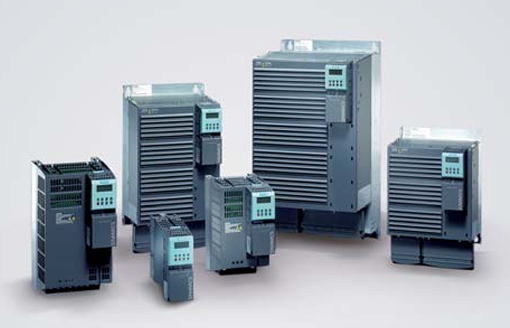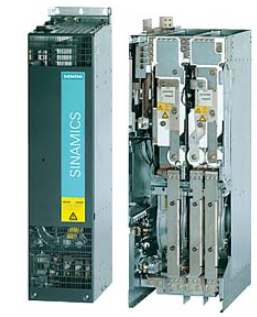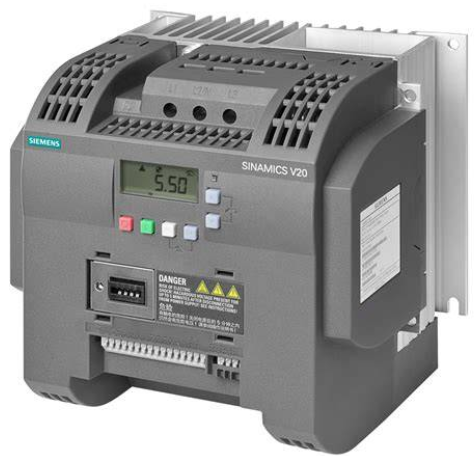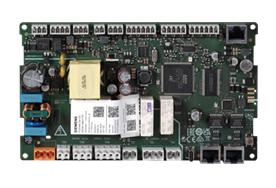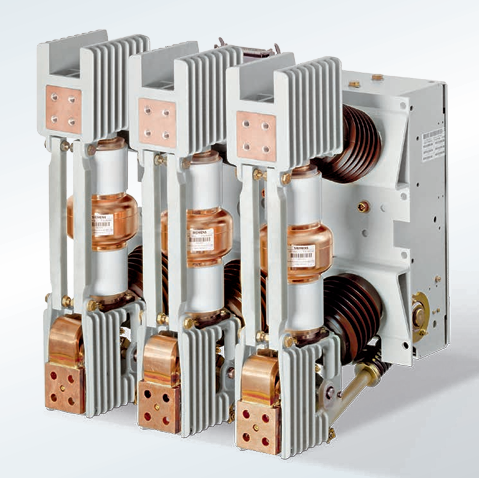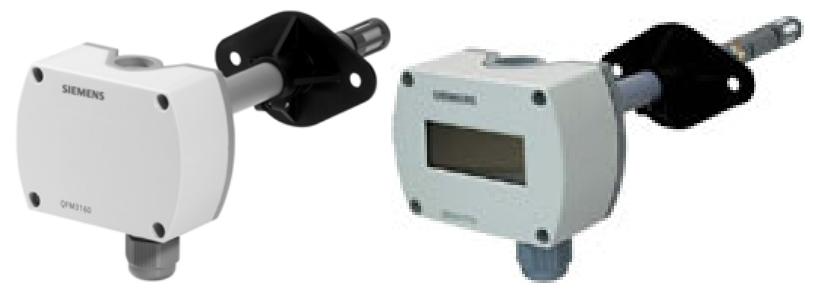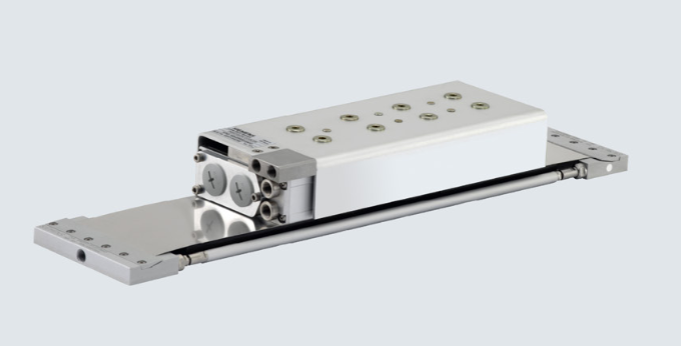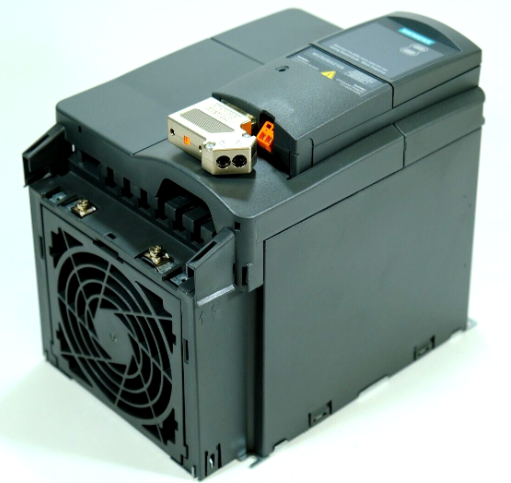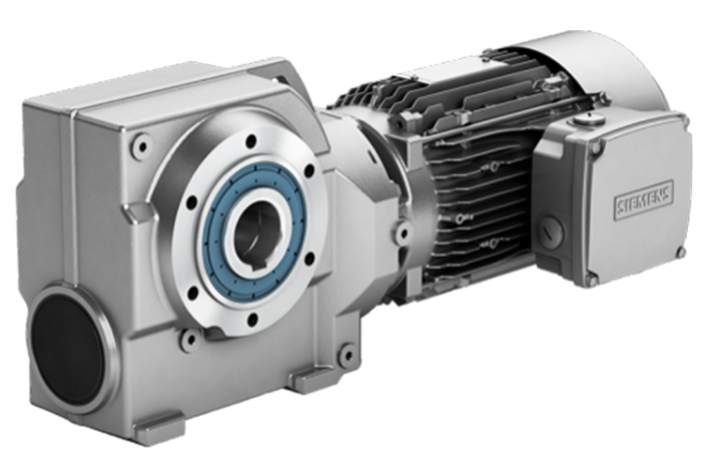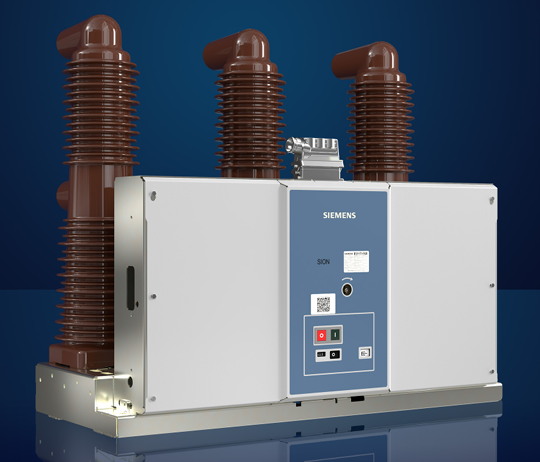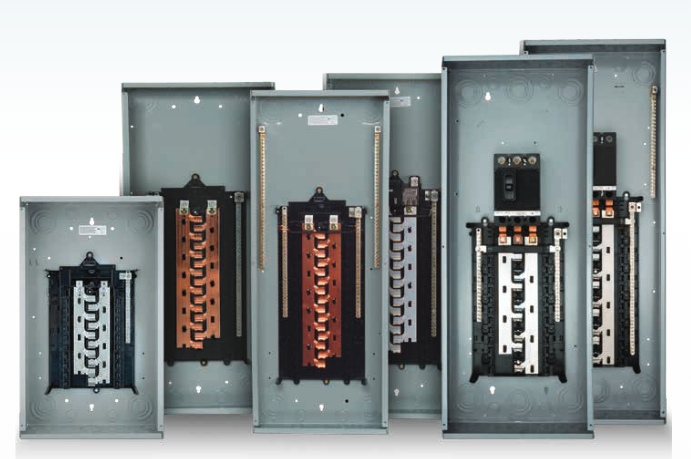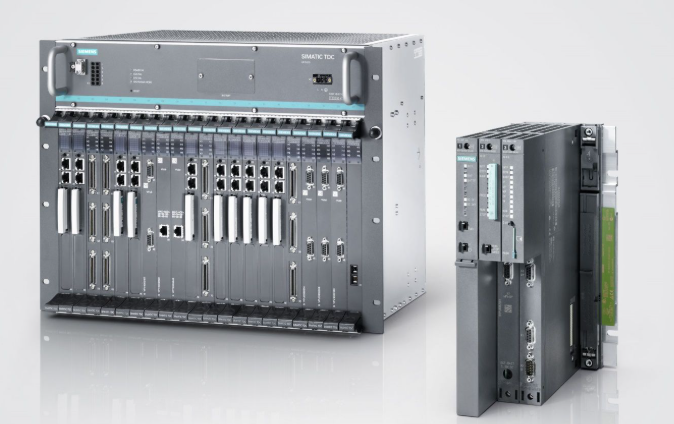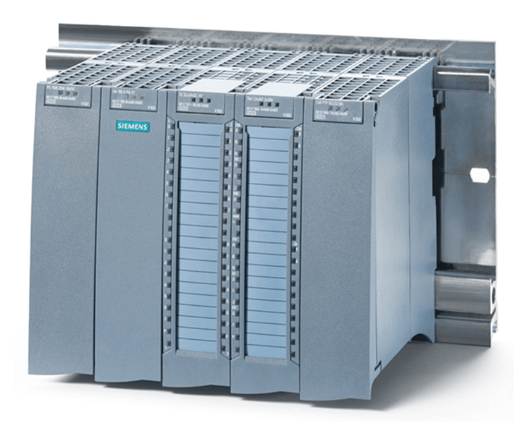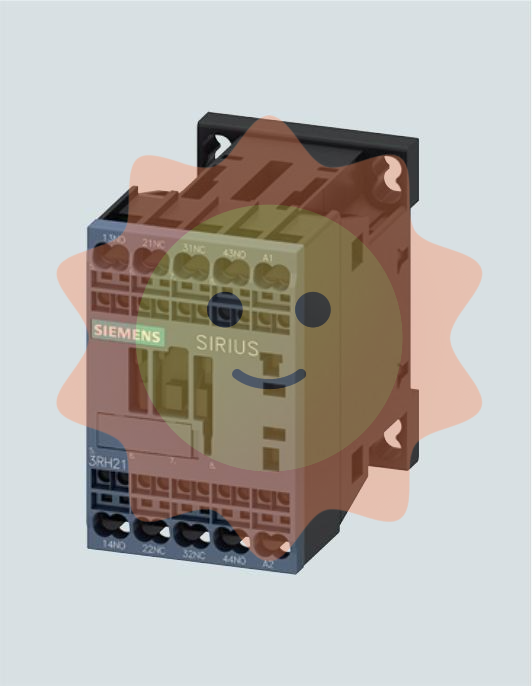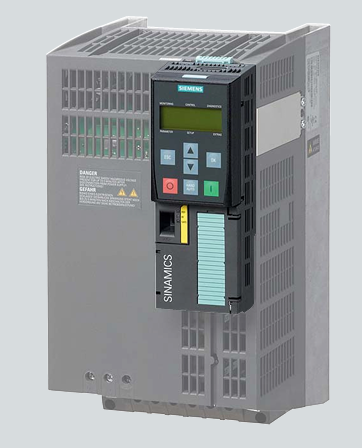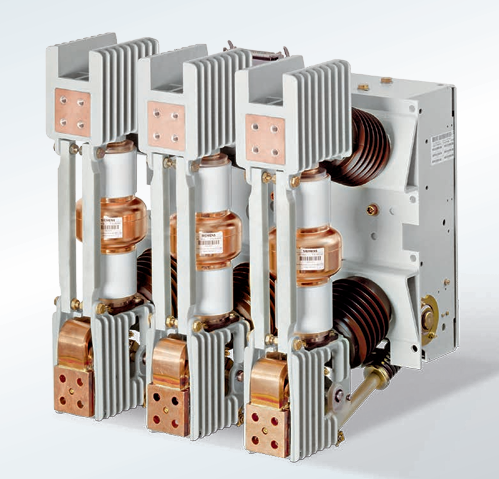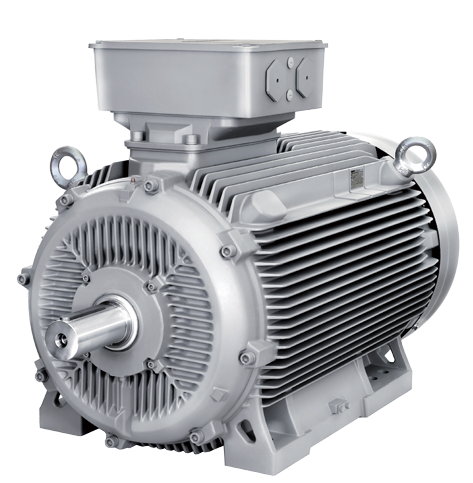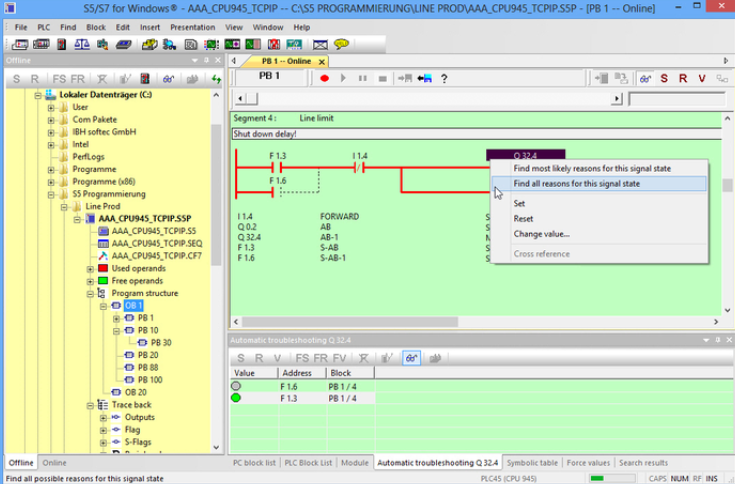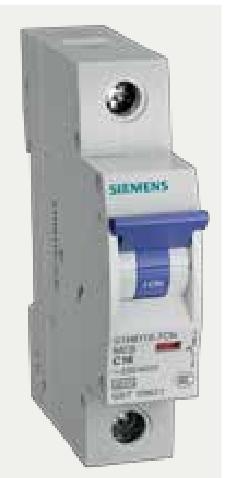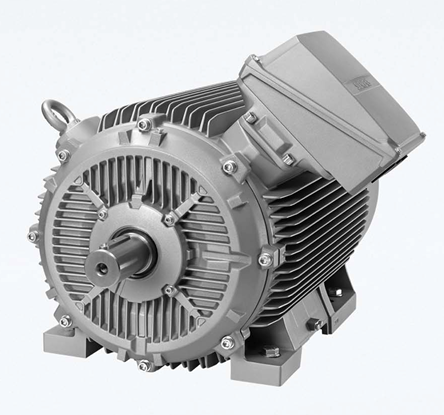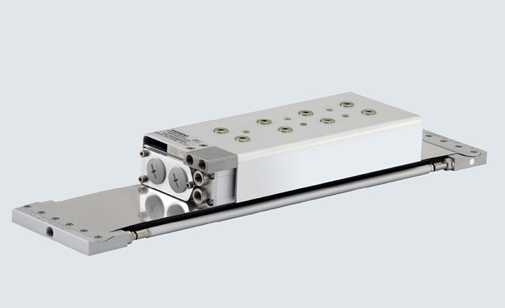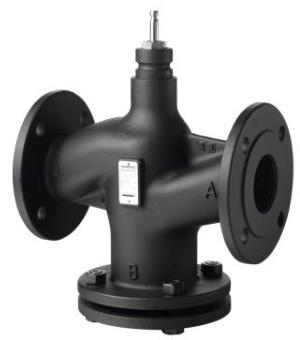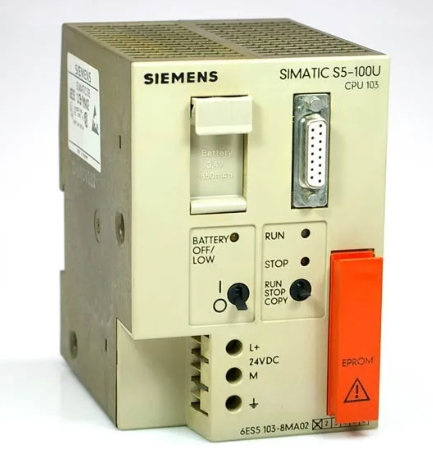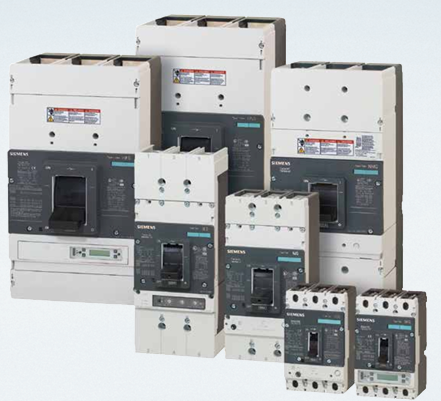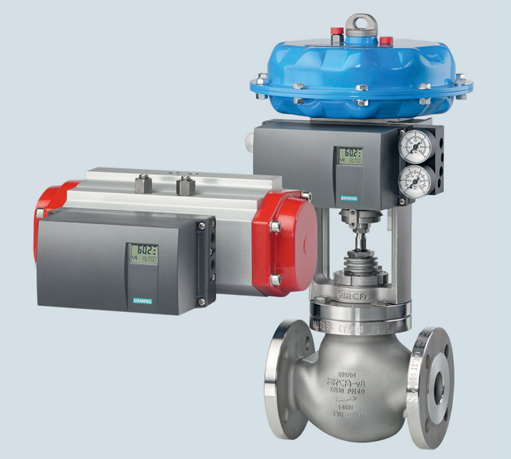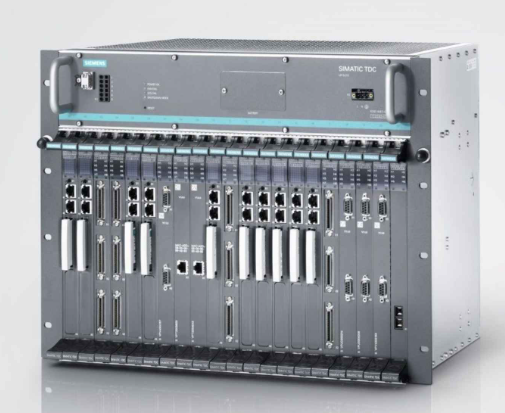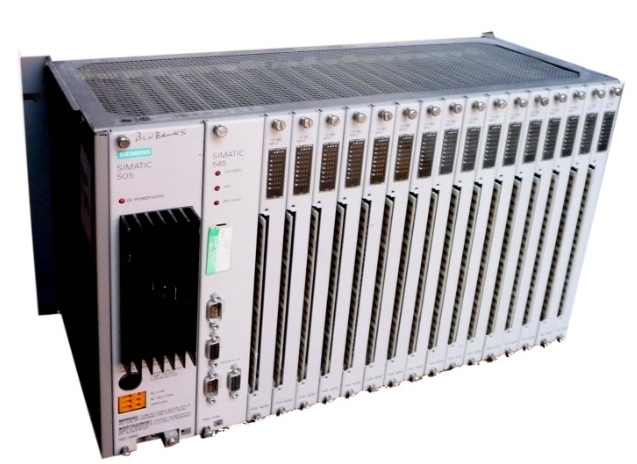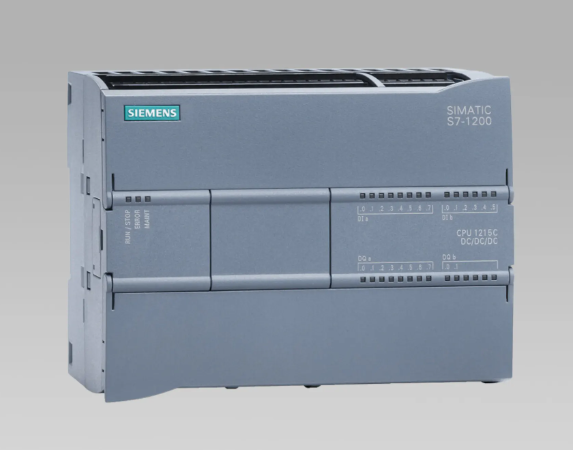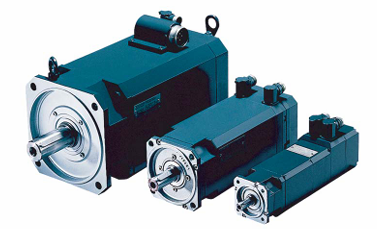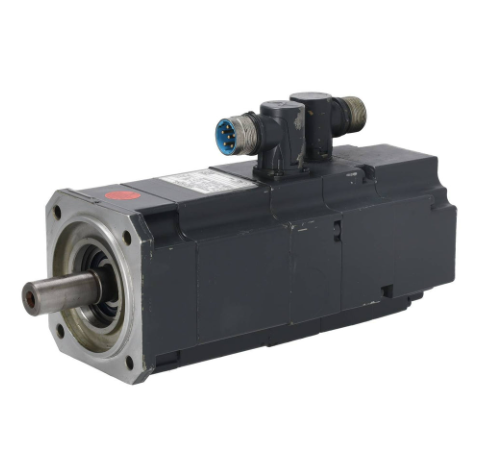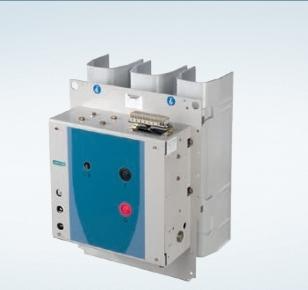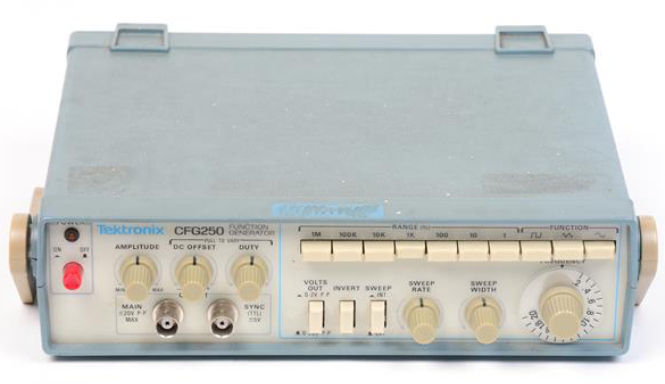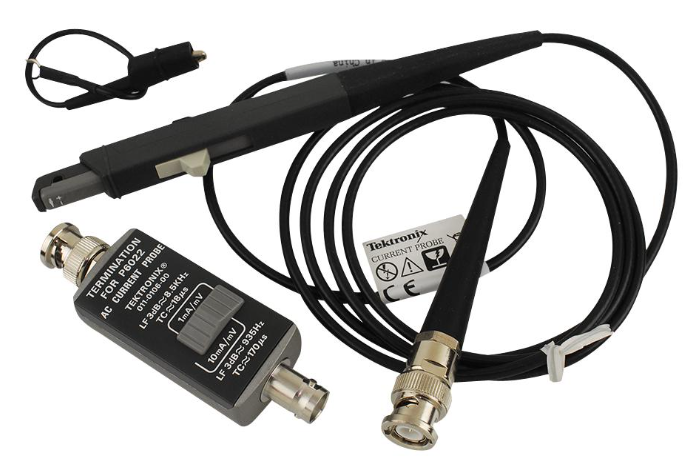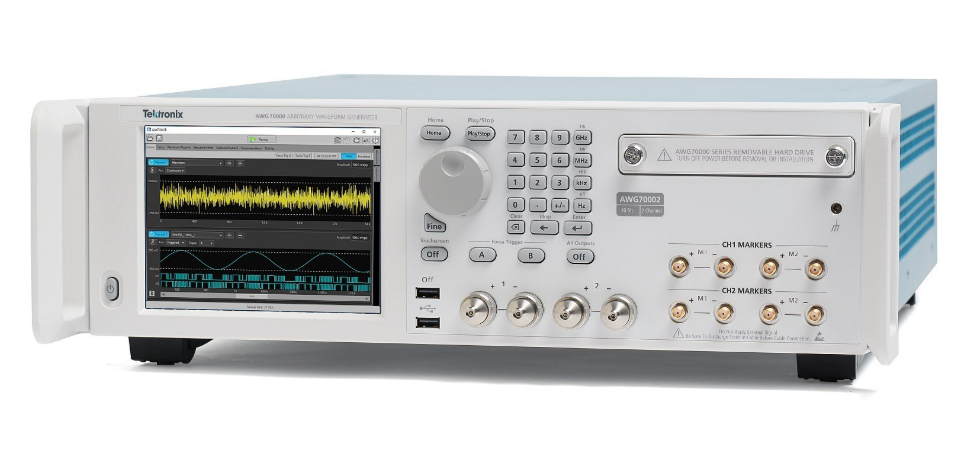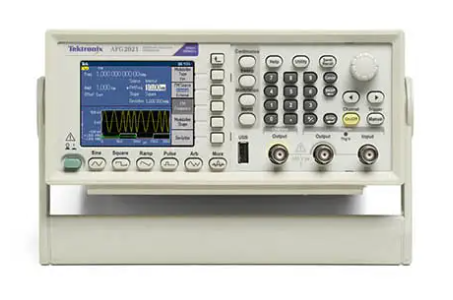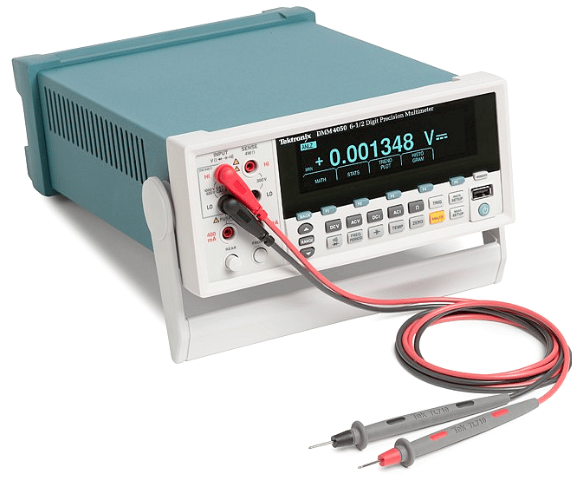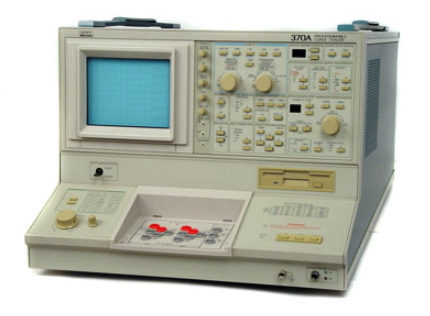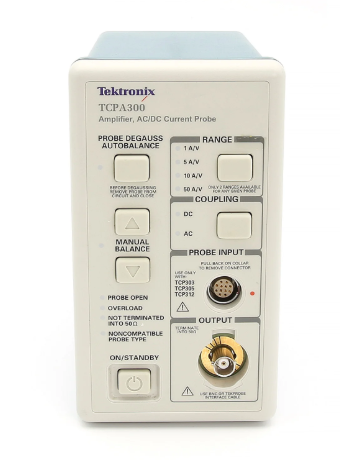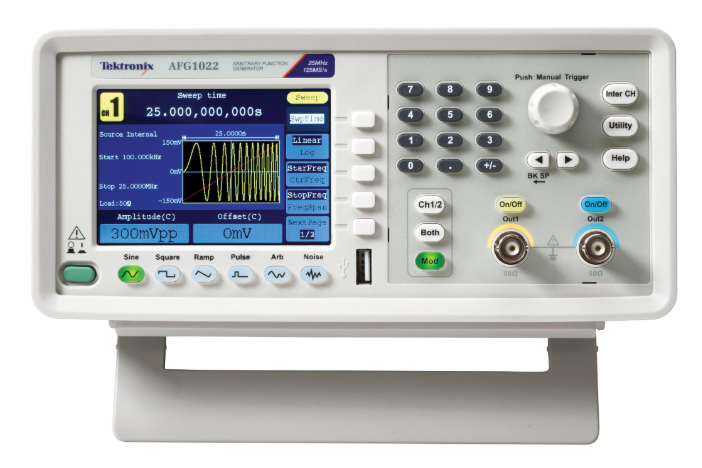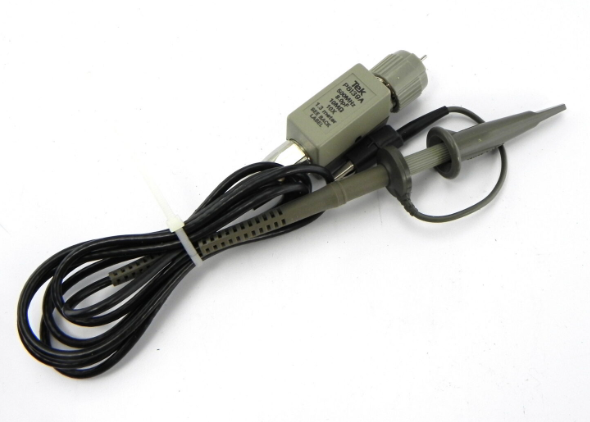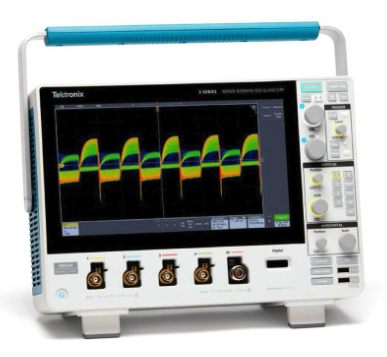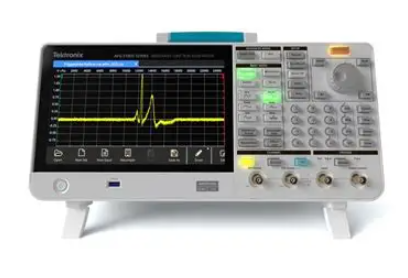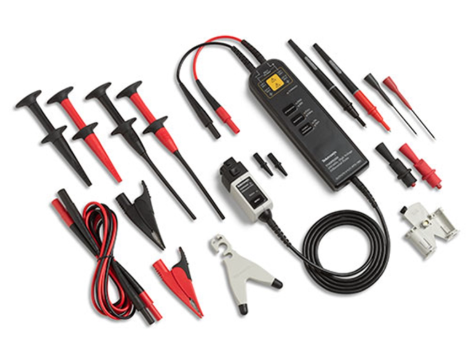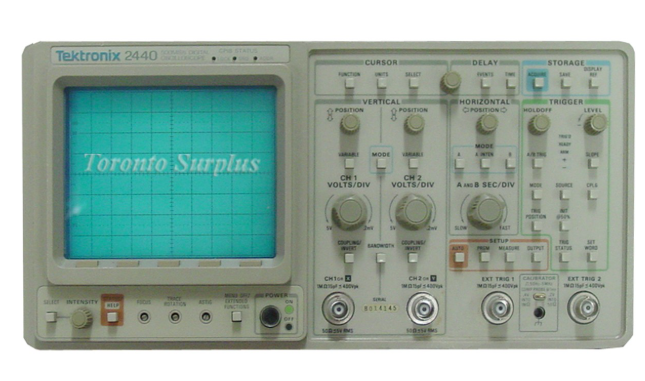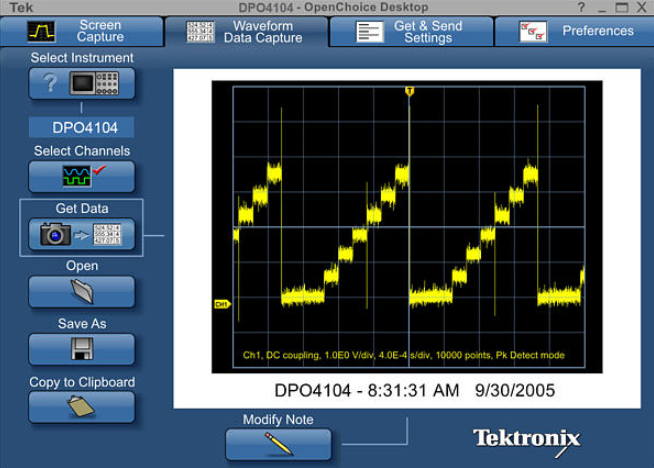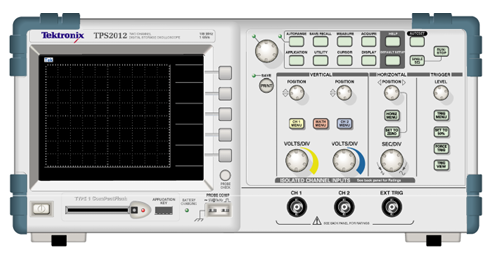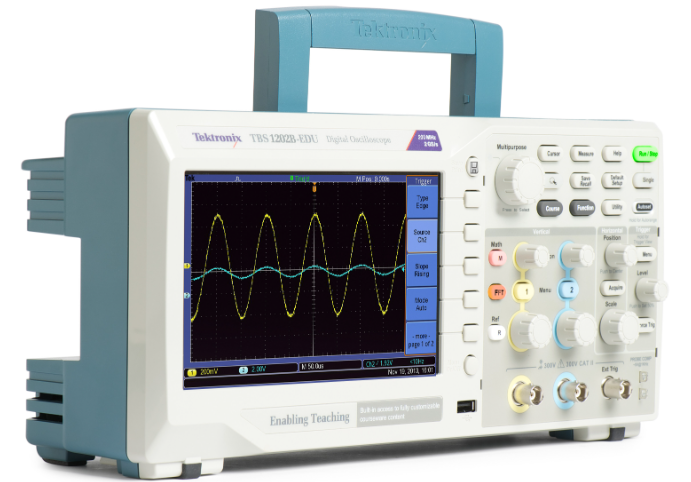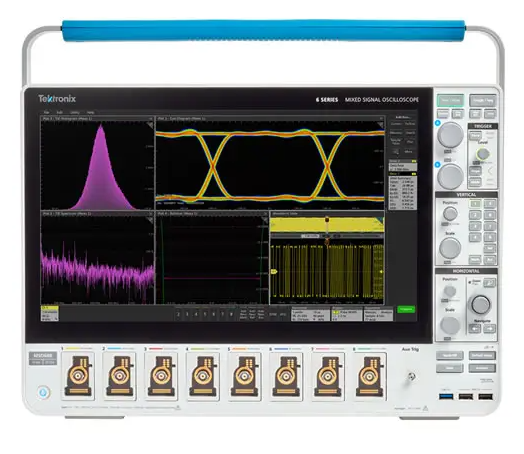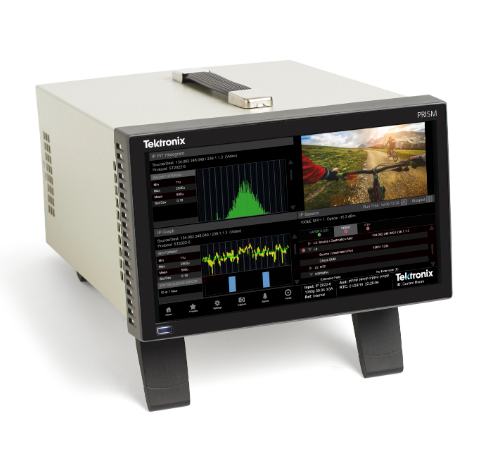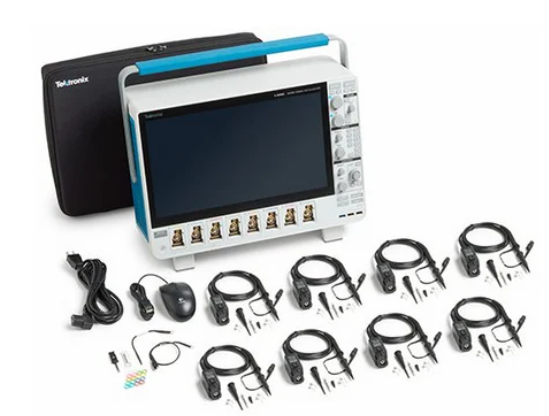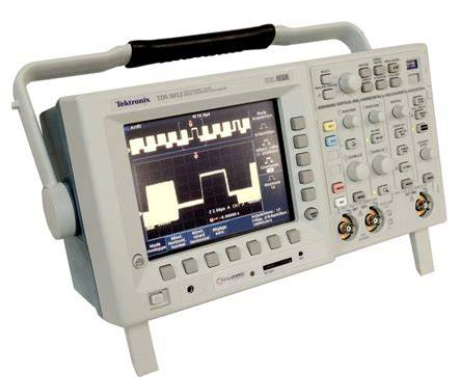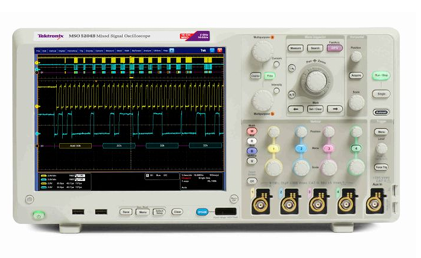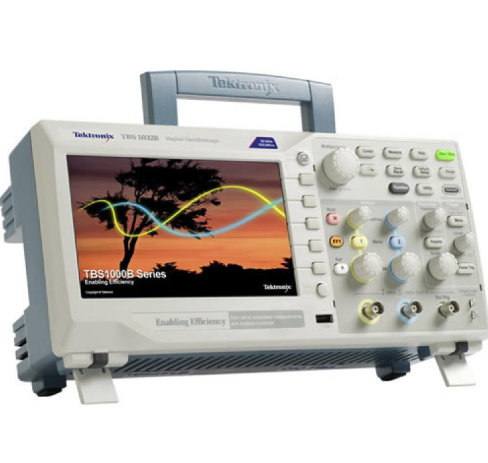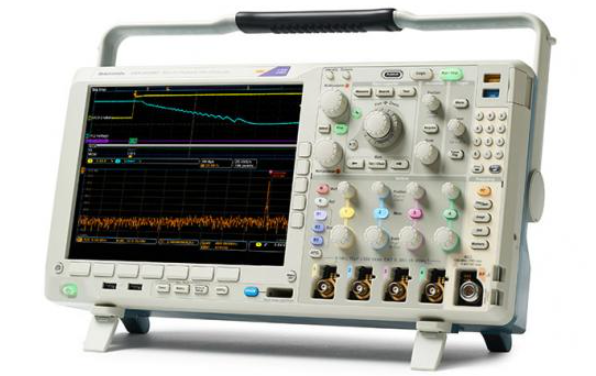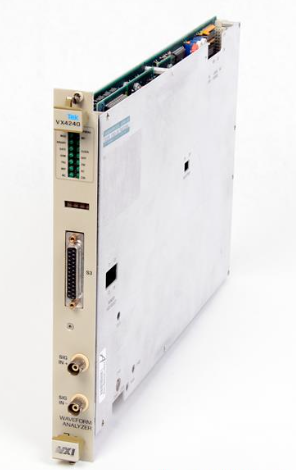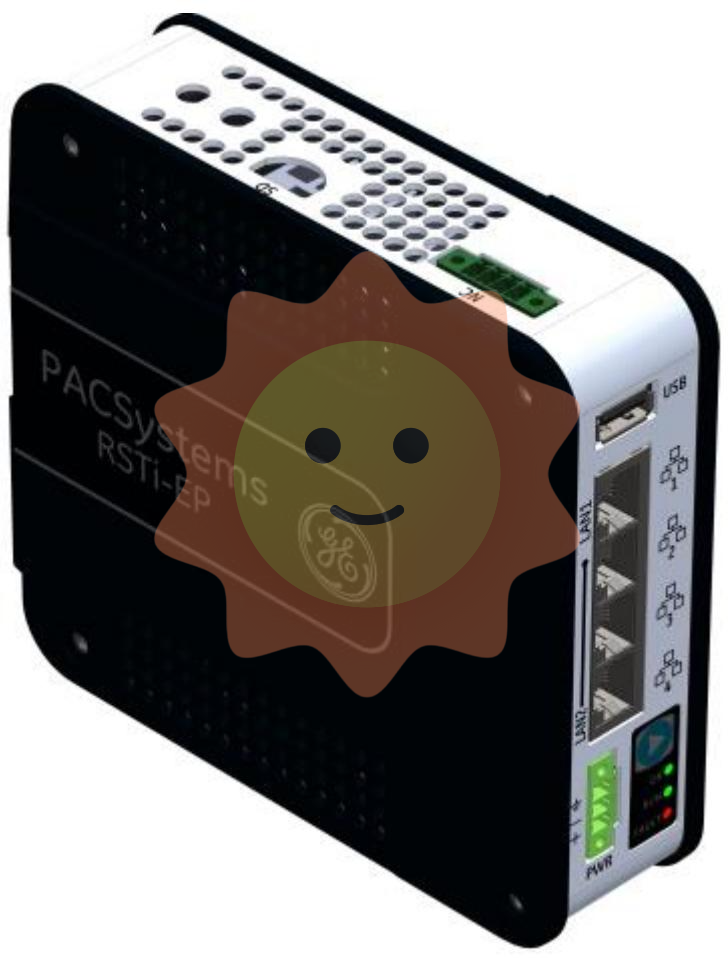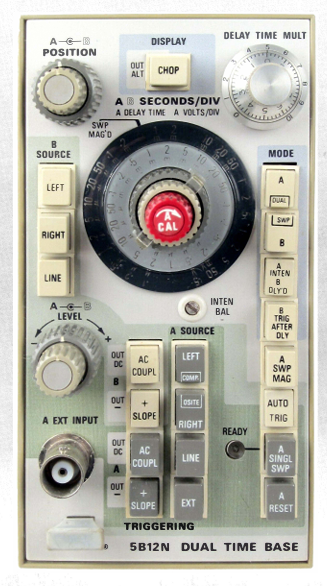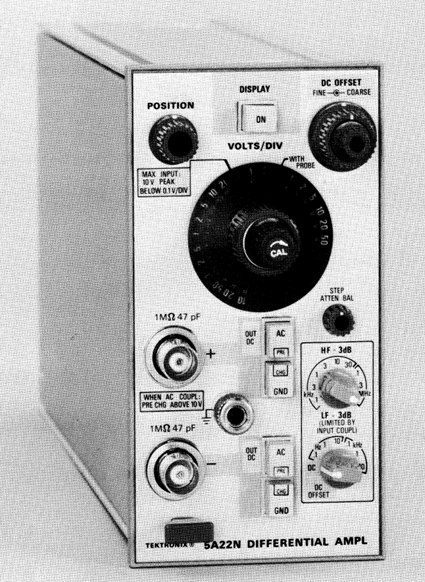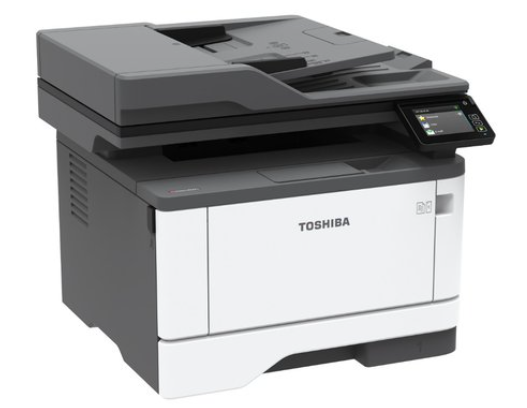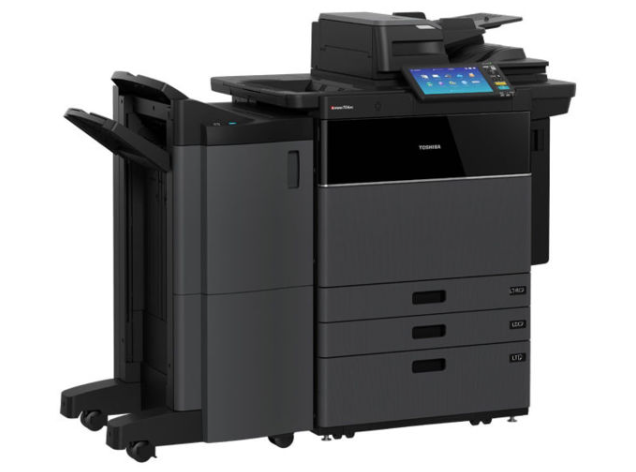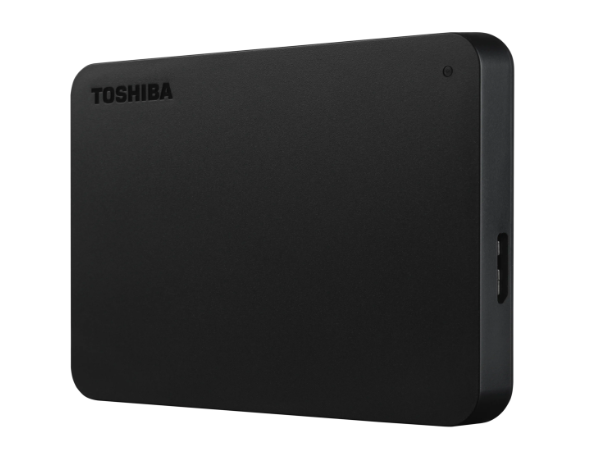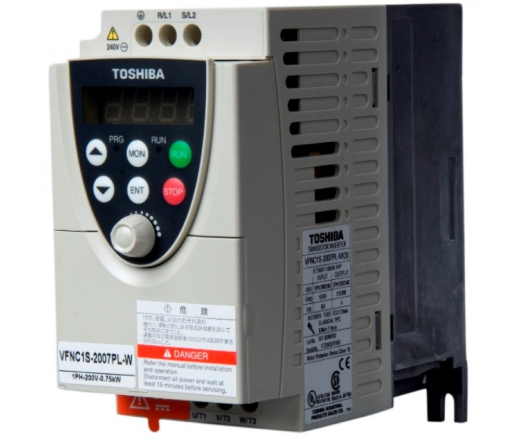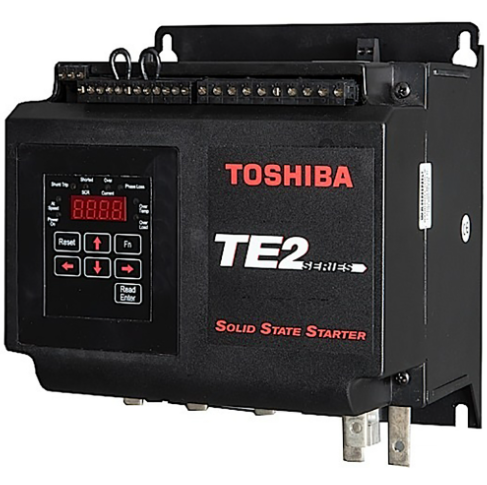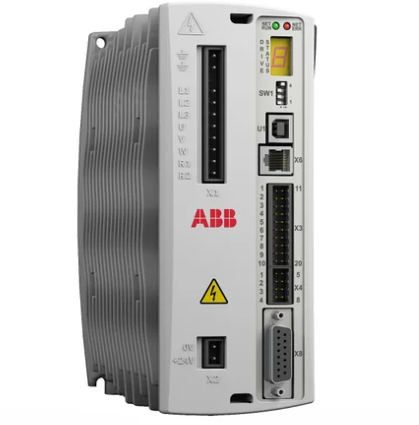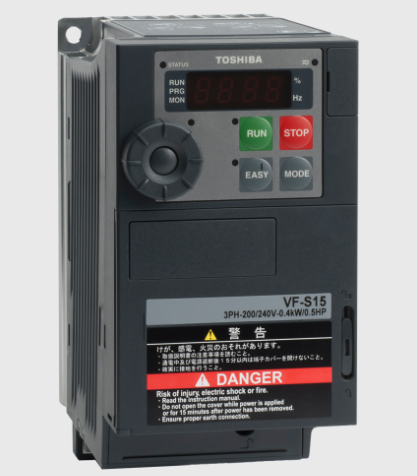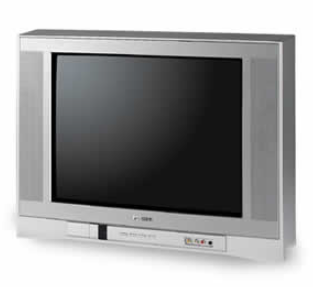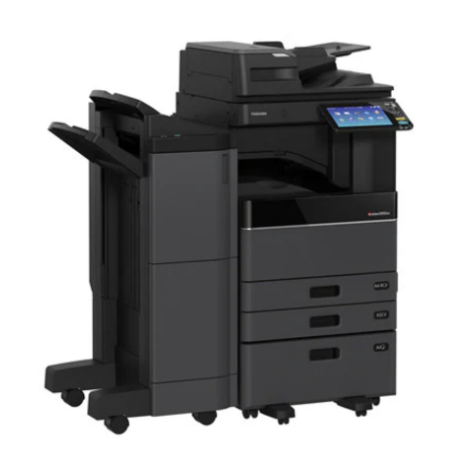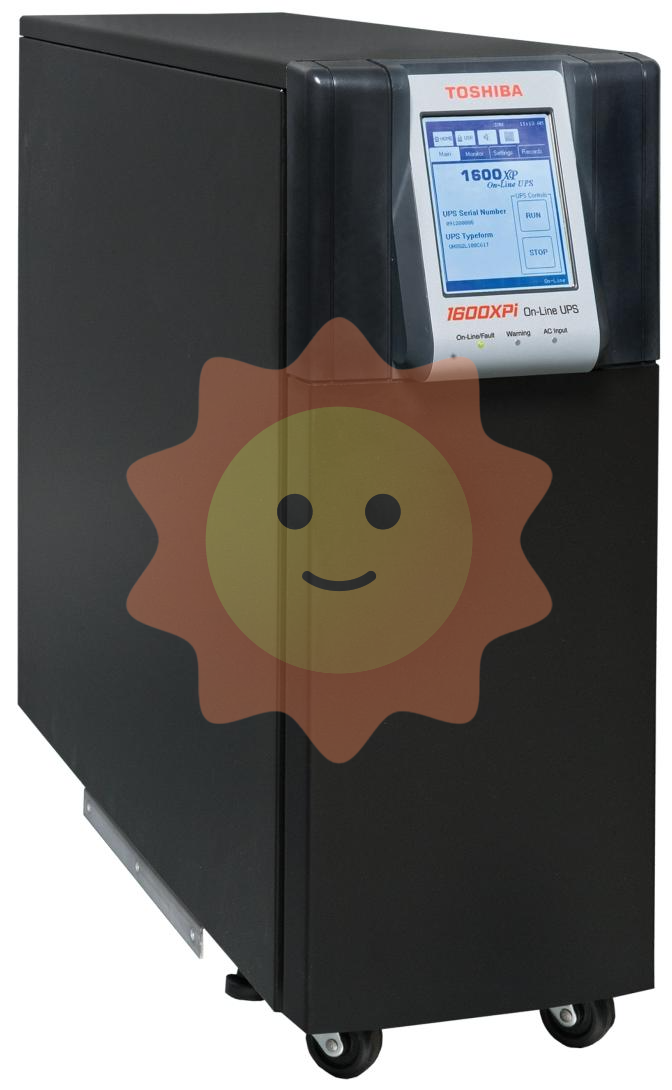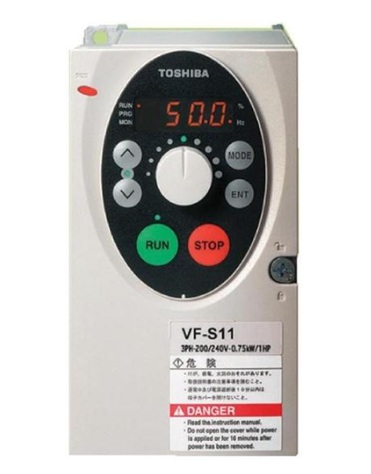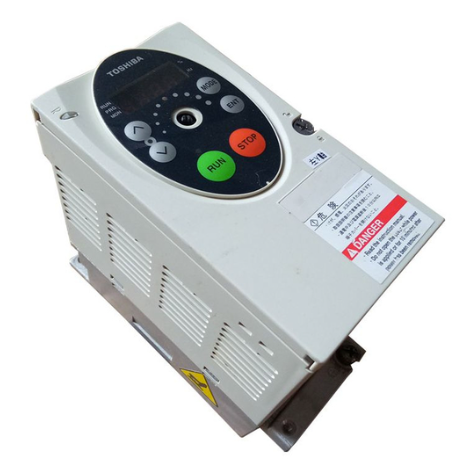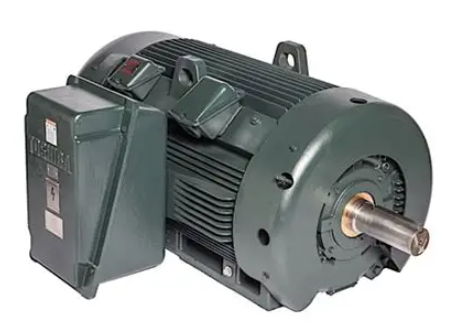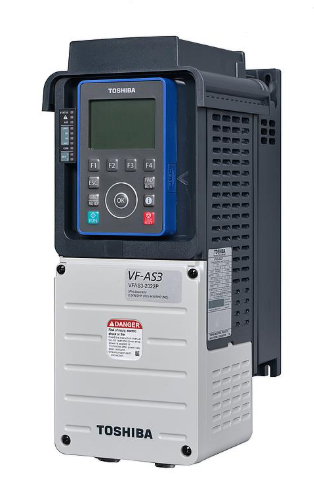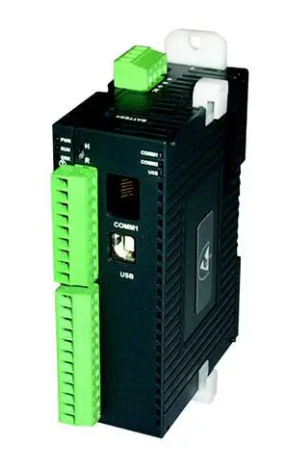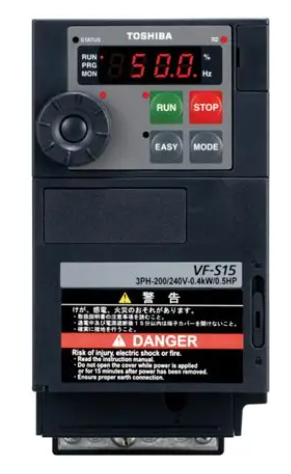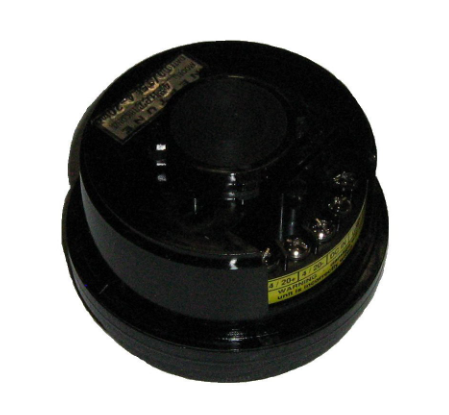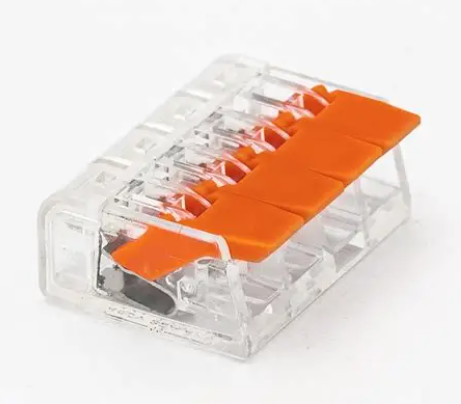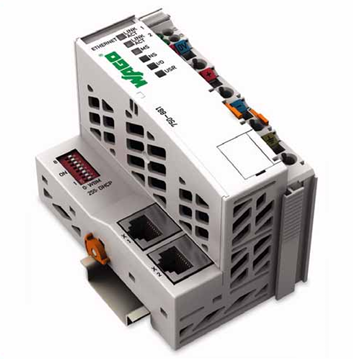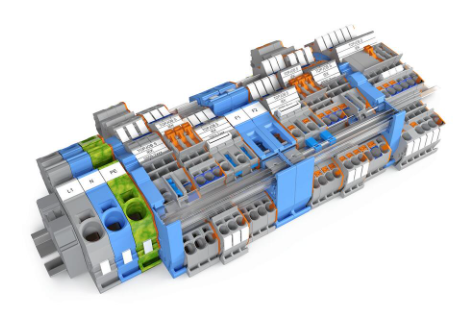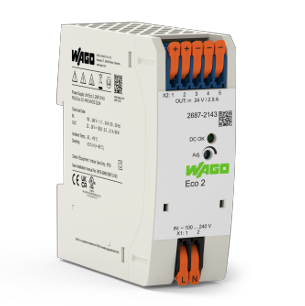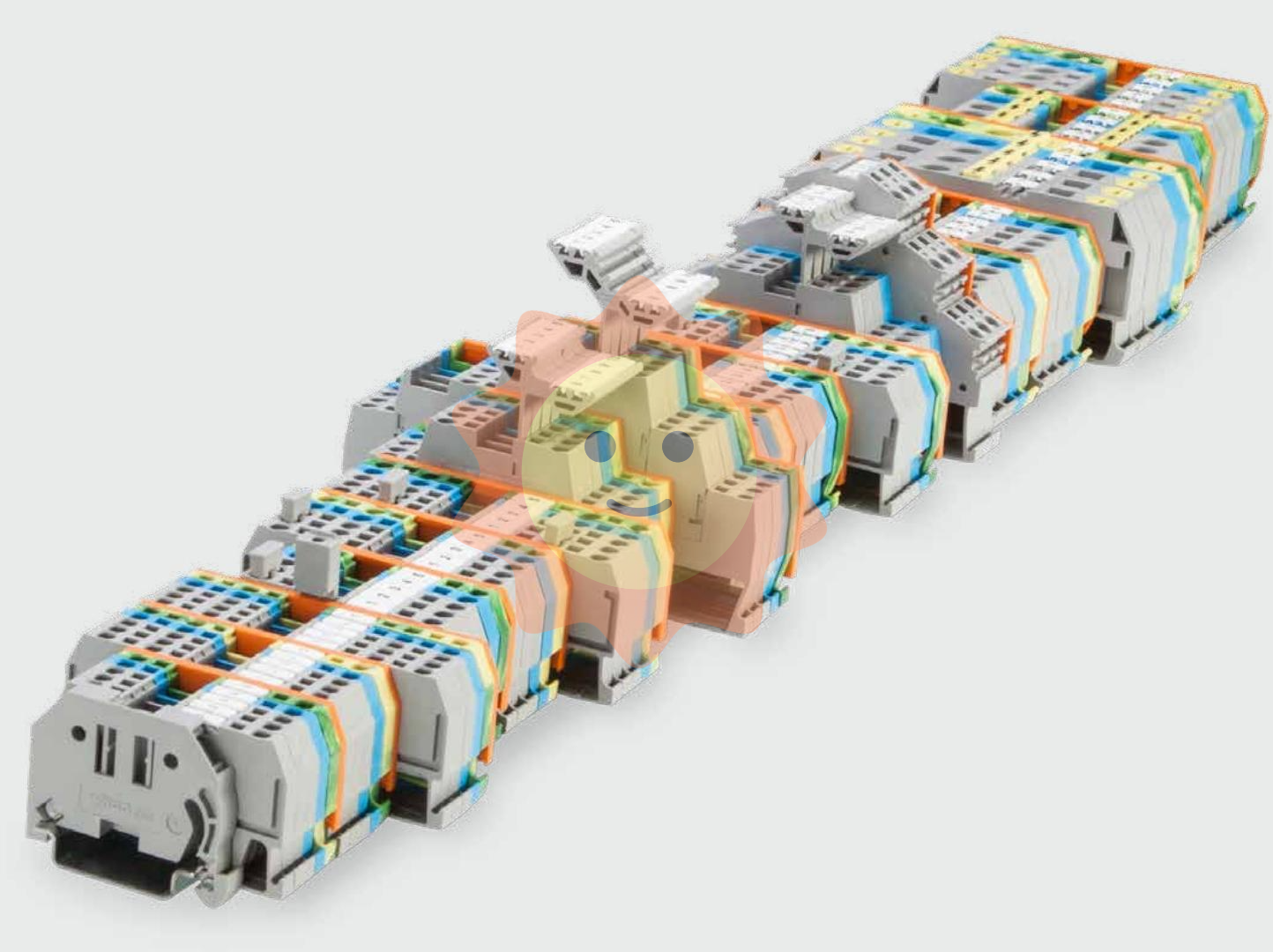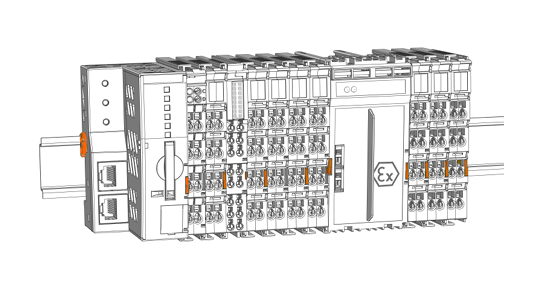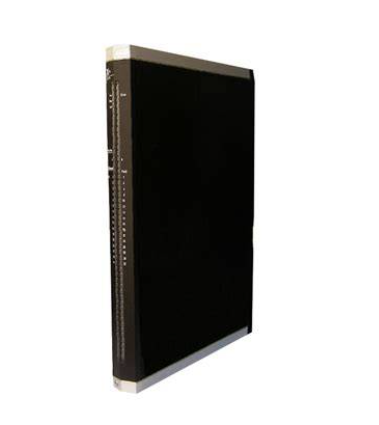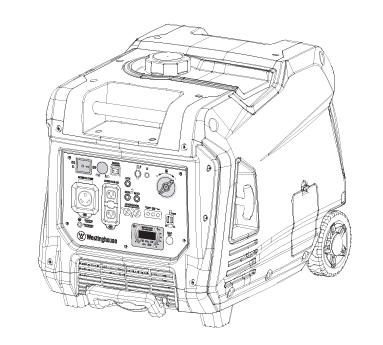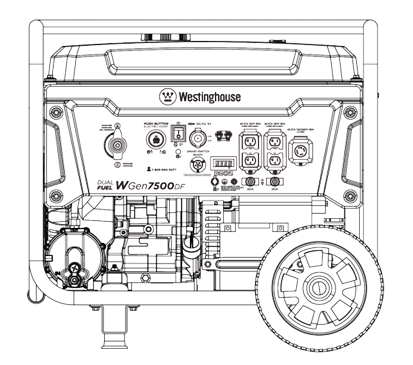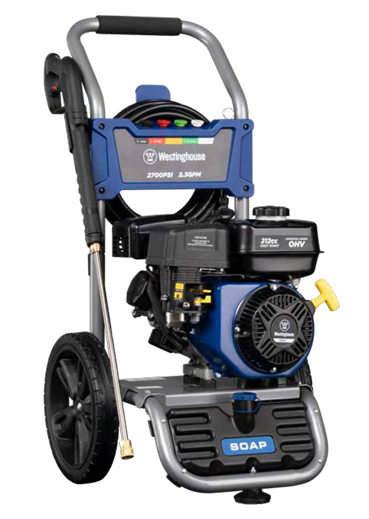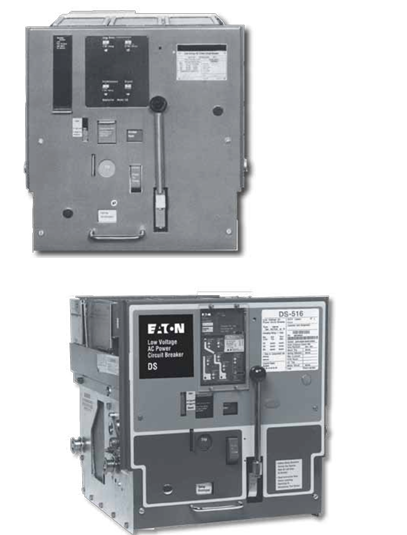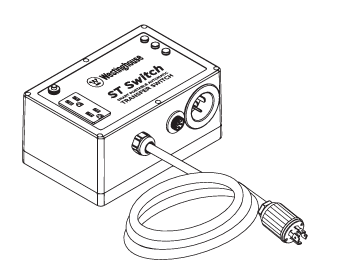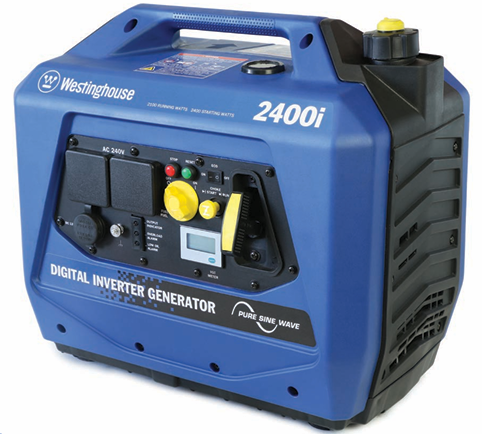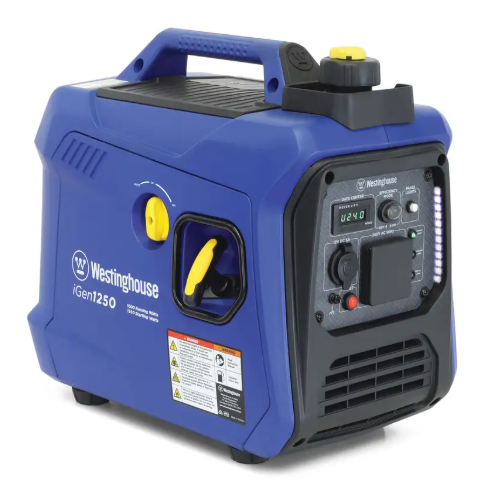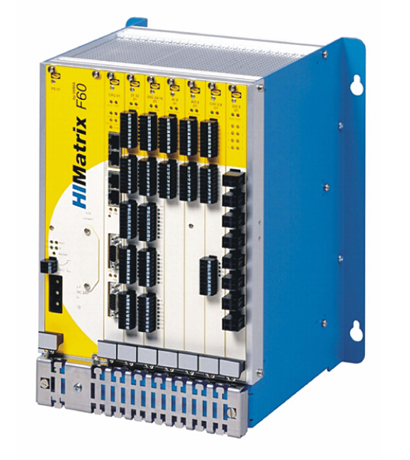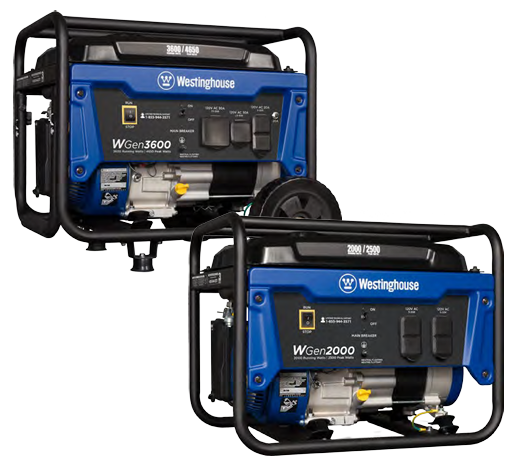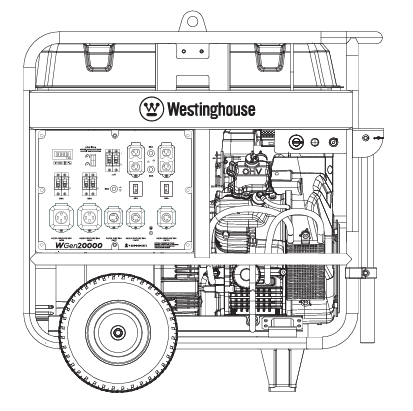GE IC660ELB912J Micro Genius Network Interface Card
GE IC660ELB912J Micro Genius Network Interface Card
Overview
The GE IC660ELB912J Micro Genius Network Interface Card is a critical component designed to enable network connectivity for GE's industrial control systems. It provides a means for the connected devices to communicate with other systems and components over a network, facilitating data transfer, remote access, and system integration.
Functionality and Features
Network Connectivity
The primary function of this network interface card is to provide a connection to a network. It supports various network protocols and standards, such as Ethernet/IP. This allows the device it's installed in (e.g., a Programmable Logic Controller or an industrial computer) to communicate with other network - enabled devices like servers, HMIs (Human - Machine Interfaces), and other controllers. For example, in a factory automation system, it can establish a connection between a production - line controller and a central monitoring system located in a control room.
It can operate in different network topologies, including star, bus, or ring configurations. This flexibility in network architecture enables it to be integrated into a wide range of industrial network setups. The card also provides the necessary physical layer connections, such as RJ - 45 ports, to connect to standard Ethernet cables.
Data Transfer and Communication
The IC660ELB912J facilitates the transfer of data between the connected device and the network. It can handle different types of data, including process - related data (e.g., sensor readings, control commands), configuration data, and diagnostic information. The card supports high - speed data transfer rates, which are essential for real - time monitoring and control in industrial applications. For instance, it can quickly transmit temperature sensor readings from a manufacturing process to a remote server for analysis and decision - making.
It also provides communication services such as data packetization, error - checking, and flow control. Data packetization breaks the data into smaller, manageable packets for efficient transmission over the network. Error - checking mechanisms, like CRC (Cyclic Redundancy Check), ensure the integrity of the data during transmission. Flow control helps to manage the rate of data transfer to prevent data loss or congestion.
Configuration and Management
The network interface card allows for easy configuration and management. It can be configured with IP addresses, subnet masks, and other network - related settings through software - based configuration tools provided by GE. This enables system integrators to customize the network connection according to the specific requirements of the application. The card also provides diagnostic capabilities, such as link - status indicators and error - reporting functions, which help in troubleshooting network - related issues.
Technical Specifications
Network Standards and Protocols
The card supports standards such as IEEE 802.3 (Ethernet) and higher - level protocols like Ethernet/IP. It may also support other industrial - relevant protocols such as Modbus/TCP for compatibility with a wide range of industrial devices. The support for these protocols determines the types of devices it can communicate with and the range of applications it can be used in.
Data Transfer Rates and Bandwidth
It has specific data transfer rates, typically measured in megabits per second (Mbps) or gigabits per second (Gbps). For example, it might support 10/100 Mbps or even 1000 Mbps (Gigabit Ethernet) depending on the model and its intended use. The available bandwidth affects the amount of data that can be transferred simultaneously, which is crucial for applications with high - data - volume requirements, such as video - based process monitoring or large - scale data - acquisition systems.
Physical and Environmental Specifications
The IC660ELB912J has physical characteristics such as the type and number of ports (usually RJ - 45), the form - factor to fit into the host device, and the power requirements. It is also designed to operate in various industrial - environment conditions. It can withstand a range of temperatures, humidity levels, and electromagnetic interference levels typically found in industrial settings, ensuring reliable operation in harsh environments.
Applications
Industrial Automation and Control
In a manufacturing plant, the network interface card is used to connect Programmable Logic Controllers (PLCs) to a local area network (LAN). This enables remote programming, monitoring, and control of the PLCs. For example, engineers can access and modify the PLC programs from a central control room, and operators can monitor the status of production lines in real - time.
Remote Monitoring and Diagnostics
In distributed industrial systems, such as power generation and distribution networks or oil and gas pipelines, the card enables remote monitoring of equipment. It can transmit equipment - related data such as temperature, vibration, and pressure readings to a central maintenance center. This allows for early detection of problems and the ability to perform remote diagnostics, reducing the need for on - site visits and minimizing downtime.
Building Automation Systems
In a smart building, the IC660ELB912J can be used to connect building automation systems such as the HVAC (Heating, Ventilation, and Air - Conditioning) system, the lighting control system, and the access control system to a network. This enables centralized control and monitoring of these systems, improving energy efficiency and occupant comfort.

- User name Member Level Quantity Specification Purchase Date
- Satisfaction :
-









Email:wang@kongjiangauto.com

